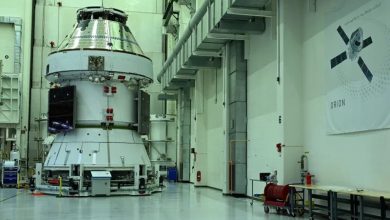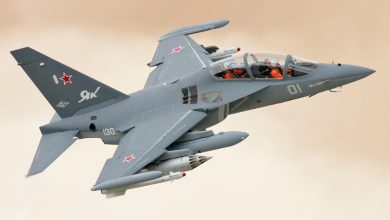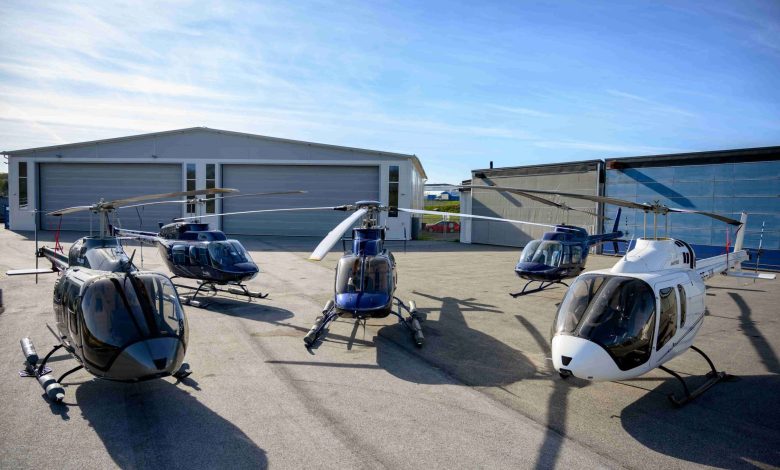
A New Dawn for Eco-Friendly Skies: Pioneering Sustainability in Aviation
Bell is recognized as a seasoned authority in the aviation sector, a trailblazer accountable for numerous global milestones throughout its 87-year legacy, and at the leading edge of technology provision.
A creator and builder of exceptional solutions for vertical lift in both commercial and defense domains, with clientele spanning six continents, Bell’s expertise transcends mere manufacturing. It makes substantial investments in ongoing research and development of cutting-edge, sustainable technologies aimed at benefiting its entire operation and stakeholders, with a primary focus on its customers – as well as the environment.

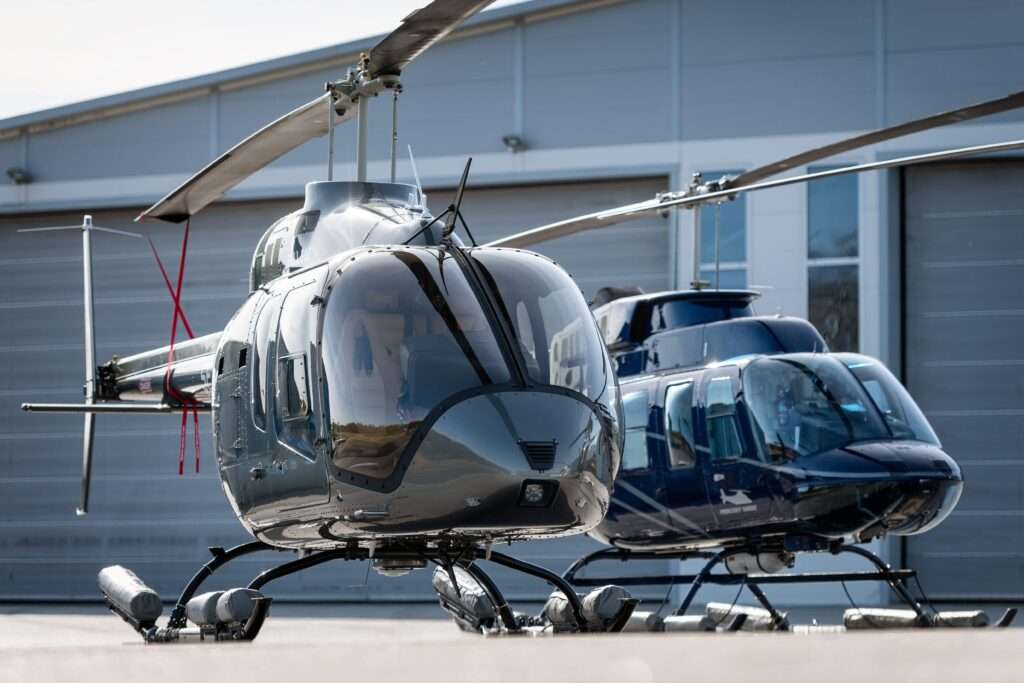
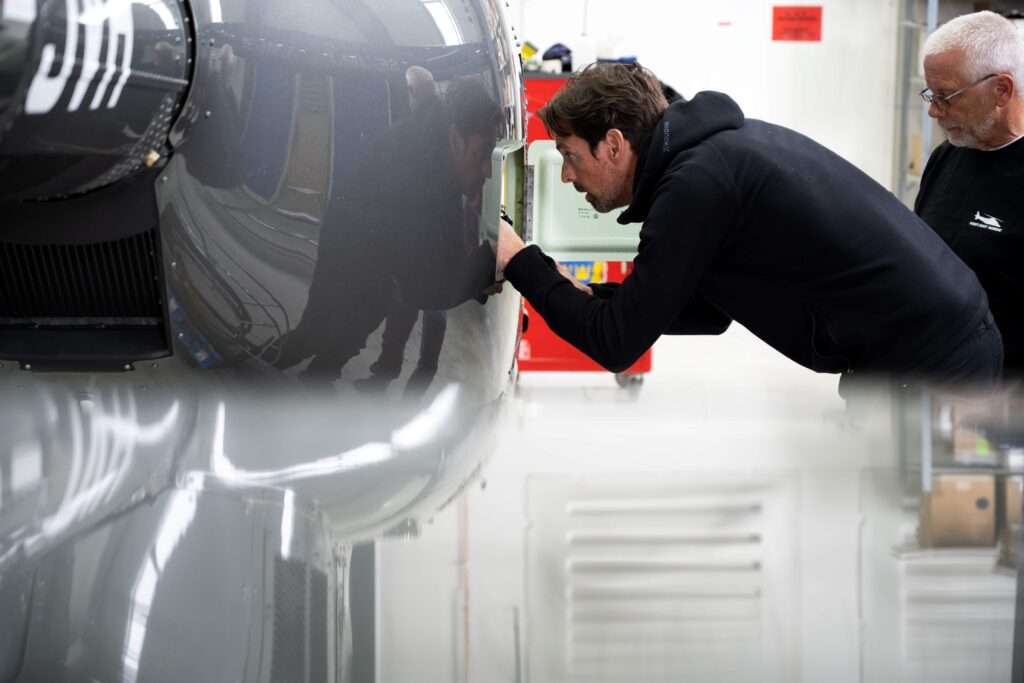

The initiatives being undertaken to mitigate the company’s carbon footprint are diverse, adhering to varied timelines – these are monitored continuously and Bell actively seeks more efficient strategies in energy sourcing and manufacturing practices. A significant focus for Bell has forever been the longevity of its products – benefiting all stakeholders, particularly the cornerstone of its business: the customer. That customer may range from an operator of a single aircraft to a nation’s defense force managing a substantial fleet. Although missions differ, all platforms share a crucial characteristic – they are engineered and constructed to maximize lifespan, alongside minimal and cost-effective maintenance.
Bell boasts an existing fleet of approximately 13,000 helicopters and provides a comprehensive range of post-sales support and services through a network of six Bell-operated service hubs and 100 independent service centers located in 35 nations. These centers offer everything from logistics assistance to pilot and maintenance training, customization, technical documentation, component repair, overhaul, and beyond. Platforms are also designed to be ‘upgradable’ – enabling avionics modifications from analogue to digital, among other enhancements. In this regard, Bell’s commitment to sustainability has been ingrained since the company’s inception.
The organization is also assessing domestic aircraft production in various strategic international locations – streamlining processes to enhance cost, time, and energy efficiency while investing in the communities where it operates.
Aircraft operators are equally focused on reducing their carbon footprint; thus, alongside exploring pathways to lower fuel consumption by innovating electric, hydrogen, and other sustainable propulsion systems, Bell has now incorporated Sustainable Aviation Fuel (SAF) into its demonstration and training fleet aircraft, guiding customers on its utilization and advantages. Concurrently, Bell has partnered with Safran Aerospace and Avfuel to promote the adoption of SAF while conducting intensive testing to analyze engine and aircraft performance data. In February this year, a Bell 505 achieved a historic flight powered solely by 100% Sustainable Aviation Fuel (SAF) – marking the first-ever single-engine helicopter to do so. Bell collaborated with Safran Helicopter Engines, Neste, GKN Aerospace, and Virent Inc. to enable this landmark flight. The journey is truly onwards and upwards from here.
Bell is a wholly owned subsidiary of Textron Inc., which comprises five operating sectors all related to mobility. Collectively, the group has pledged its commitment as a responsible corporate citizen to minimize its global carbon footprint, as outlined in the Achieve 2025 Sustainability Goal program. Through collaboration with sister companies and knowledge-sharing, Bell strives to enhance effectiveness in reducing shared environmental impacts while amplifying access to emerging technologies and economic opportunities.
The Achieve 2025 initiative is a five-year strategy (commenced in 2020) aimed at achieving a 20% decrease in greenhouse gas emissions and a 10% reduction in waste, water, and energy. This plan is part of the roadmap toward the group’s broader sustainability objectives. Bell’s Environmental, Social, and Governance (ESG) priorities also encompass the disclosure topics and metrics aligned with Aerospace and Defense industry standards established by the Sustainability Accounting Standards Board (SASB), along with global environmental, health, and safety (EHS) policies and standards implemented in every nation where Bell conducts business.
Furthermore, Bell’s 2021 Corporate Responsibility Report introduced an index mapping disclosures to the recommendations of the Task Force on Climate-Related Financial Disclosures (TCFD), a critical global advisory entity that offers insight to investors regarding the measures companies are implementing to mitigate climate change risks. As of January 2022, the TCFD received backing from over 3,000 organizations across 92 countries globally.
The transparency provided to all stakeholders throughout Bell’s operations serves as a valuable metric to track its advancement toward achieving its environmental goals.
Meanwhile, the Bell Innovation team is actively engaged in the following product technology development initiatives:
Electrification and Sustainable Technologies
Commercial electrically distributed anti-torque (EDAT) stands out as a pioneering system utilizing an all-electric tail rotor, which results in substantial noise reduction, lower carbon emissions, and decreased operating expenses, while enhancing safety.
Another technology under development is Bell’s autonomous pod transport (APT) – an all-electric, autonomous vertical takeoff and landing aircraft capable of accessing and delivering supplies (with a payload capacity of up to 110lbs) to locations that are either inaccessible or unsafe for ground vehicles.
Autonomy and Safety Enhancements
Bell consistently seeks to minimize pilot workload, reduce risk, and enhance the flying experience. Triple redundancy and the integration of fly-by-wire technology, previously exclusive to larger aircraft, now provide pilots with heightened safety and user-friendly digital interfaces similar to smartphones – featuring expansive customizable screens displaying essential information at a glance.
Advanced Concepts for Commercial / Military Aircraft
Innovative technologies are being integrated into next-generation aircraft to improve safety, minimize maintenance costs, decrease carbon emissions, and lessen noise pollution.
Bell is also developing multiple HSVTOL future concepts, which combine the agility and hover capabilities of a helicopter with the high-speed cruise capability, range, and durability of fighter jets.
Digital Innovation
Connected fleet management represents the future, and Bell is working on a digital mobility platform, named AerOS, in partnership with Microsoft, leveraging technologies like artificial intelligence and the Internet of Things (IoT) to provide real-time, holistic insights into helicopter fleet status. This will facilitate fleet master scheduling, ultimately leading to Bell offering Mobility-as-a-Service.
Simulation, software optimization tools, and operational analysis fall under the umbrella of digital innovation. These technologies will further support the safe, sustainable, and efficient transport of people, goods, and data.
These initiatives, combined with significant investments and collaborations with global industry leaders across its operations, along with ongoing innovation development across the organization and its business practices, have shown significant progress in reducing environmental impact and paving the way for a more sustainable future.



